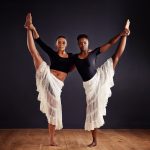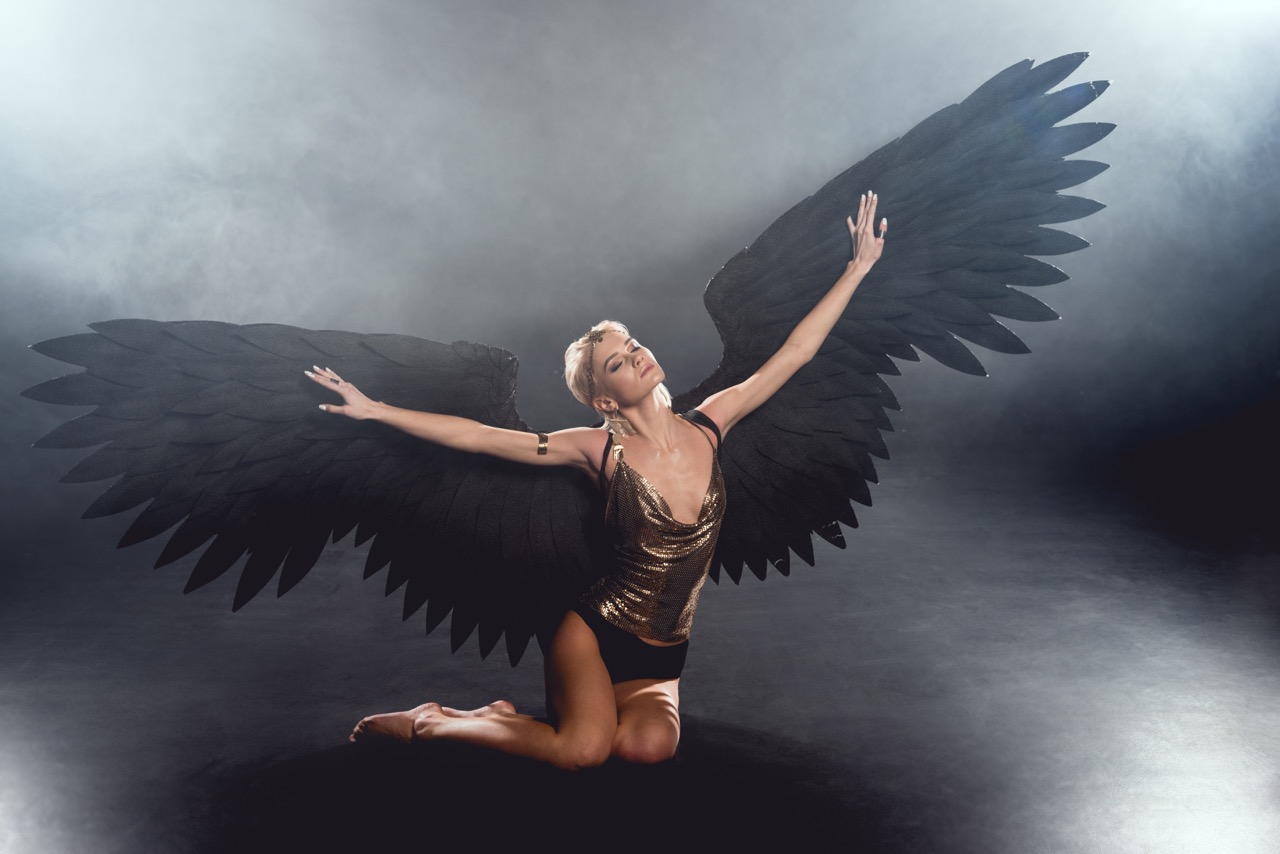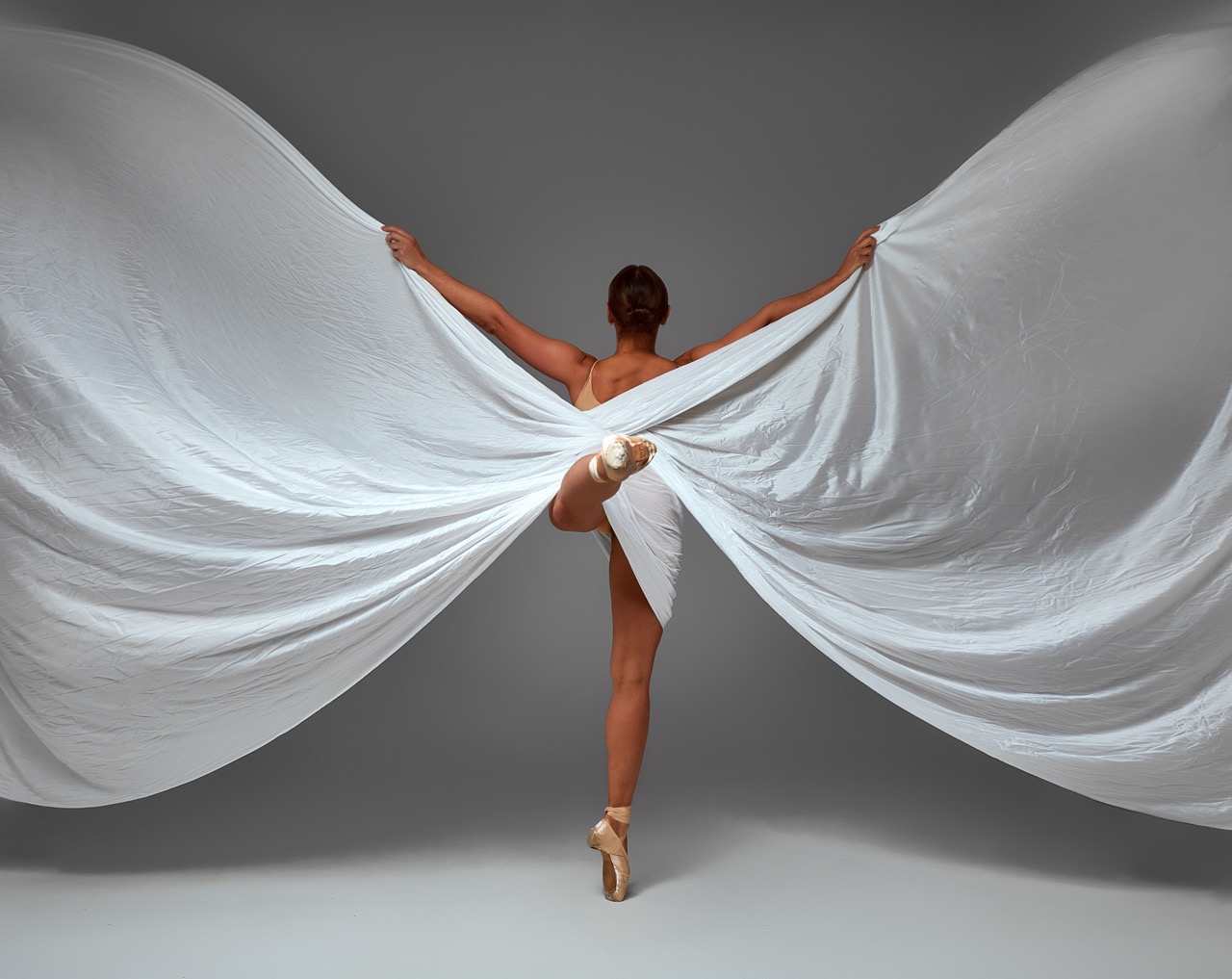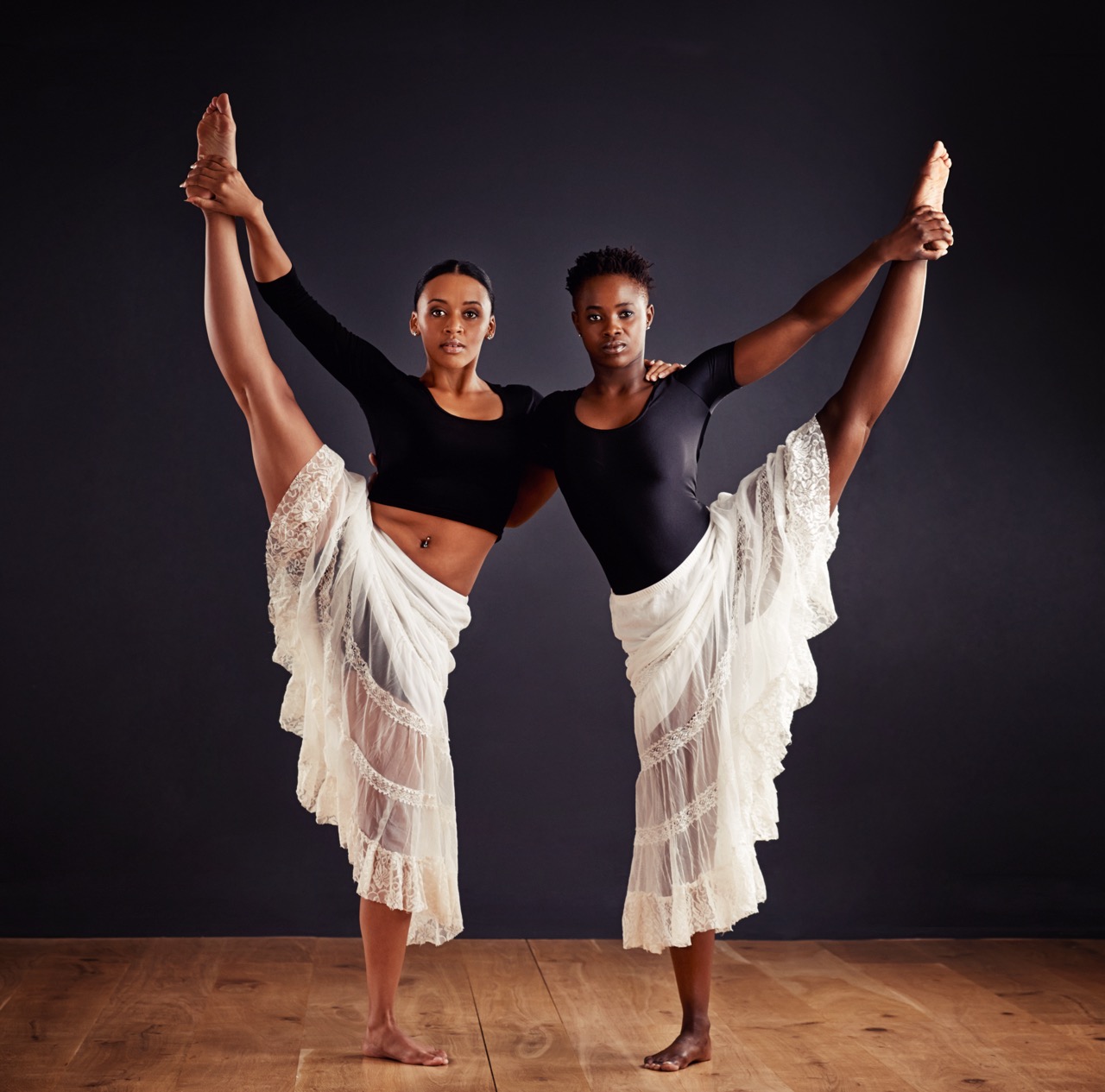Dance has always been a universal form of expression, transcending geographical and cultural boundaries. As societies evolve, so does the language of dance, morphing into a vibrant tapestry that reflects the diverse experiences of people around the globe. The globalization of dance illustrates not only the physical movements but also the emotional and social narratives that intertwine with each style. This article explores the ways in which dance has become a global phenomenon, highlighting its ability to connect communities through rhythm, cultural fusion, and the influence of digital platforms.
The Rhythm of Change: Dance as a Global Language
Dance serves as a powerful global language, speaking to emotions and experiences that are inherently human. From the rhythmic beats of African tribal dances to the elegant movements of ballet, each style communicates stories and traditions that resonate with audiences worldwide. The beauty of dance lies in its ability to convey feelings and messages without the need for words, making it an accessible form of expression across cultures. As people migrate and societies interconnect, the shared language of dance becomes a conduit for cultural exchange and understanding.
As cultures collide and fuse, dance evolves into new forms that encapsulate the essence of multiple traditions. For instance, the explosion of Latin dance styles, such as salsa and bachata, reflects the intermingling of African, European, and Indigenous influences. These styles have not only retained their unique characteristics but have also adapted to fit new cultural contexts, inviting dancers from various backgrounds to partake in their rhythmic allure. The ability of dance to morph and adapt ensures that it remains relevant, continually evolving as a reflection of the global landscape.
Moreover, the global dance community thrives on collaboration and innovation. Dance festivals, competitions, and workshops are now held around the world, fostering connections between dancers of different backgrounds. This interaction promotes a richer understanding and appreciation of various styles, allowing for the exchange of techniques and philosophies. As a result, dance is not merely a form of art but a living, breathing entity that reflects the dynamic nature of human experience.
Cultural Fusion: The Birth of Hybrid Dance Styles
The globalization of dance has paved the way for the emergence of hybrid dance styles that celebrate cultural fusion. These blends often stem from collaboration between artists from different backgrounds, resulting in innovative forms that challenge traditional definitions. Take, for example, the rise of K-pop dance, which integrates elements of hip hop, jazz, and traditional Korean movements. This fusion not only showcases the versatility of dance but also highlights the ability to create new identities within the art form.
Another example of cultural fusion in dance is the emergence of Afrobeat, a genre that combines African rhythms and melodies with jazz, funk, and hip hop influences. Dancers worldwide have embraced Afrobeat’s infectious energy, leading to a growing appreciation for African musical heritage. As these hybrid styles gain popularity, they create platforms for dancers to explore their cultural identities while simultaneously inviting others to engage in a shared experience of movement and rhythm.
Hybrid styles also challenge the notion of cultural appropriation by fostering collaboration and mutual respect. When artists share their heritage and techniques with one another, they create an environment of inclusivity, allowing for the growth of a collective dance culture. Such interactions highlight the importance of dialogue between cultures, reminding us that dance is not static but rather a living testament to the interconnectedness of humanity.
Digital Footprints: Social Media’s Role in Dance Trends
In the digital age, social media has become a powerful catalyst for the globalization of dance. Platforms like TikTok, Instagram, and YouTube serve as stages for dancers to showcase their talents and share their unique styles with audiences far and wide. Viral dance challenges have become the norm, enabling users to learn, participate, and contribute to a rapidly evolving dance culture. This democratization of dance not only elevates individual dancers but also fosters a sense of community among enthusiasts across borders.
The influence of social media also extends to the creation and dissemination of dance trends. A simple hashtag can launch a dance style into the limelight, connecting practitioners from various backgrounds in a shared celebration of movement. As dancers post their interpretations of trends, they contribute to a collective narrative that reflects the diverse perspectives of the global community. This interconnectedness allows for the rapid evolution of dance styles, as they are continuously reimagined and reinterpreted by different cultures.
However, the rise of digital platforms also raises questions about originality and ownership in the dance community. As choreography and movements are shared widely, the lines between inspiration and appropriation can become blurred. It is essential for dancers and creators to navigate this landscape thoughtfully, ensuring that respect for cultural origins remains at the forefront. By fostering an ethos of collaboration and recognition, the dance community can harness the power of social media to celebrate diversity while promoting a culture of inclusivity.
From Local to Global: Celebrating Dance’s Diverse Roots
The journey of dance from local to global can be traced through its rich and diverse roots. Each style carries the weight of history, tradition, and cultural significance, often originating from specific communities that have honed their art over generations. By participating in local dances, individuals not only celebrate their heritage but also preserve the stories and customs that have shaped their identities. As these local practices gain recognition, they inspire others worldwide to engage with and appreciate their unique legacies.
As dance styles transition onto the global stage, they often undergo transformations that reflect the new environments they inhabit. Traditional dances like belly dancing and hula have found new audiences across continents, adapting their movements and narratives to resonate within different cultural contexts. These adaptations enrich the original forms while introducing new dimensions, transforming local dances into vibrant global phenomena that invite participation and celebration.
Recognizing and honoring the diverse roots of dance is vital for fostering a deeper appreciation of its manifestations worldwide. Educational initiatives, cultural exchanges, and workshops focused on traditional dances encourage a greater understanding of their significance and context. By celebrating the rich tapestry of dance from its local origins to its global reach, we not only honor the artistry of movement but also the communities that keep these traditions alive.
The globalization of dance epitomizes the beauty of human expression and the interconnectedness of our experiences. As styles continue to evolve, influenced by cultural fusion and digital platforms, the dance community becomes a vibrant tapestry, celebrating its diverse roots. By embracing this collective journey, we recognize that dance is more than just movement; it is a testament to our shared humanity, a global language that unites us in rhythm and expression. The future of dance is bright, filled with potential for new collaborations, innovations, and a deeper appreciation of the many voices that contribute to this art form.










